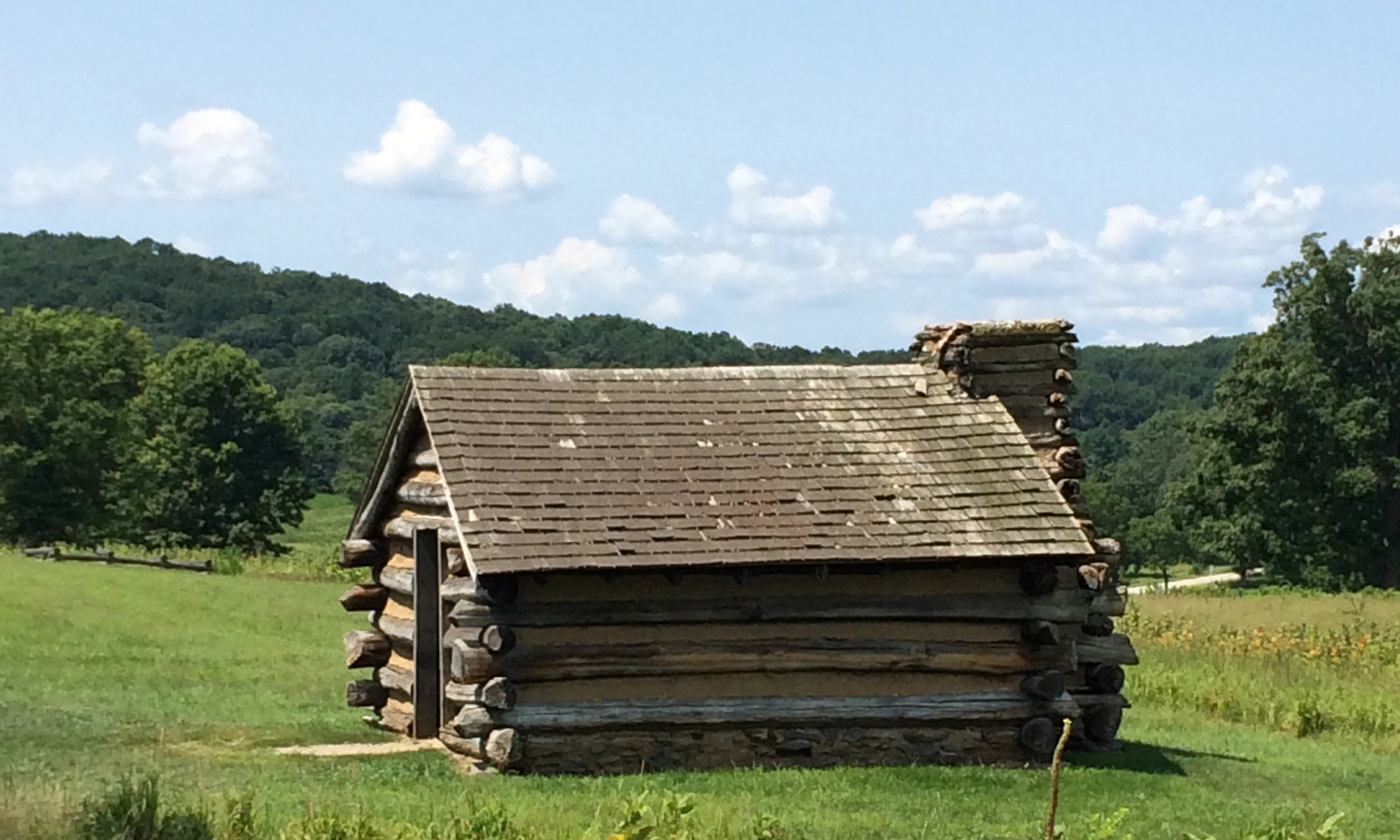If you’re a botanist, The Hidden Life of Trees by Peter Wohlleben is probably going to simplify things in irritating ways. It may anthropomorphize trees more than you’re comfortable with. It refers to trees “thinking”, which some botanists are going to agree with and others are going to be uncomfortable with because the term “thinking” makes it to easy for our primate brains to think that the experience of being a tree is closer to the experience of being a primate than it actually is. If you are determined to see faults in the writing here, as with all science writing, you’re going to find them.
On the other hand, if you’re the non-biologist who thinks trees are things that grow in the yard and fall on the house, well, this book is likely to very much change your view on trees. It certainly changed my view of trees, forests, sustainability, trees’ impacts on climate change, and a whole bunch of other misconceptions that I had.
Trees are social plants. They communicate. They protect and feed their young. Their lives are long, but also fragile. They get thirsty, they get hungry, they get sleep deprivation. (Now I know why my potted trees always died!) They rely deeply on the microorganisms that live in good soil, and they can’t just be dumped anyplace and expected to grow. They’ll rebuild both the soil and the air if given the opportunity, but they do both of those tasks best when they’re allowed to live in communities of their own creation.
This book made me want to live a thousand years so I’d have the opportunity to buy a plot of land and start a forest. It made me want to go outside and apologize to the ash tree I’ve been pruning violently for years. It made me want to plant more trees, walk in the forest, and think about life from a non-mammal point of view, however narrow and inaccurate my perception of that point of view might be.

